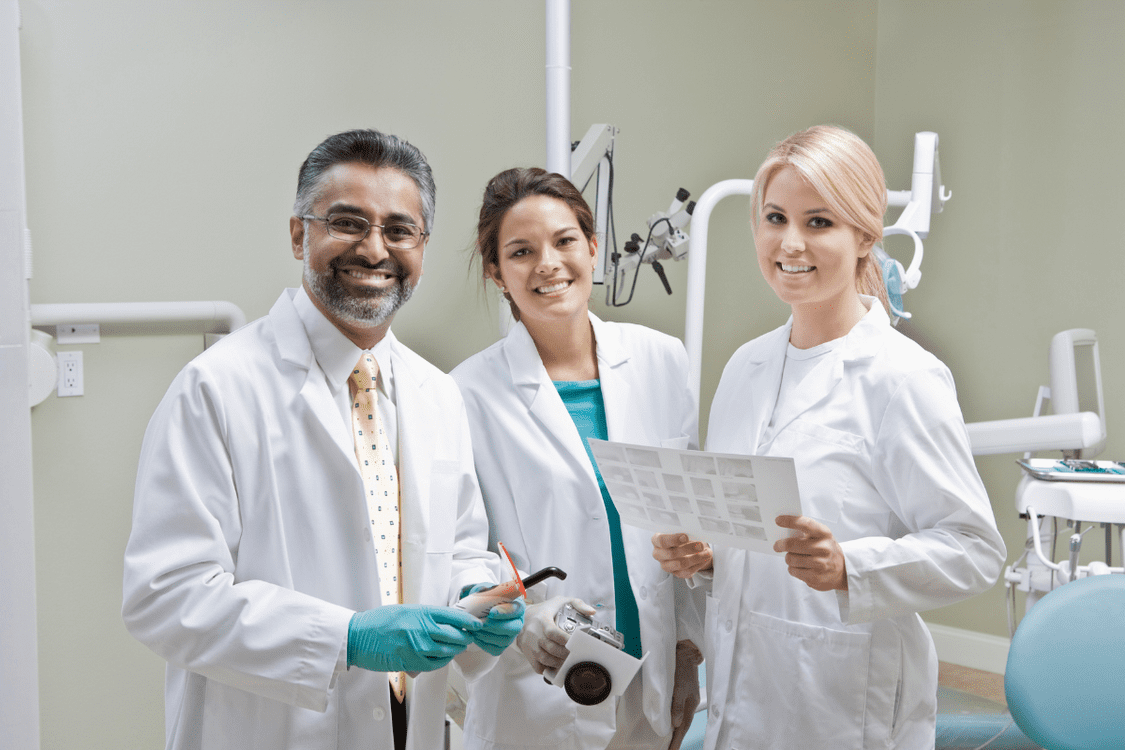Technology is changing medicine. This change is clearly seen in the world of dentistry where more dentists are engaged in research and development. Dentists are now using 3D printers to create a variety of dental apparatuses made of ceramic and metal. Technology related to 3D printing has eliminated the need for some dentists to send out the manufacturing of implants and crowns to labs. This saves the practice money. They can use 3D printers to create their own aligners and other apparatuses.
While it may be exciting, technological innovations may lead to more pressing concerns when it comes to your finances because your dental practice CPA should be including R&D tax credits as part of your clinic’s tax planning. This article will go into dentist accounting practices and tax credits.
Dentist Accounting and Tax Credits Qualifiers
Research and development tax credits were recently made a permanent part of tax law in dentist accounting. To be eligible for this credit, a dentist accountant would need to prove that their clients’ research costs meet four criteria.
· Be technological in nature
· Create new products or improved products or software
· A process of experimentation to test the validity of new products
· Should eliminate uncertainty
Eligible costs could include research expenses, employee wages, costs of supplies, and any expenses linked to creating a patent. Before expensing these costs in their dentist bookkeeping, dentist accountants should make sure that the research being done meets the four criteria mentioned above. Our dentist CPAs at Fusion CPA are well-versed in research and development tax credits and can help you take advantage of them this year if you qualify.
Calculating Dentist R&D Credits in Your Dentist Tax Planning
There are several ways to calculate and use R&D tax credits in dentist accounting.
- Regular Tax Credit
The regular tax credit is a 20 percent credit on research expenses over a base amount. The base amount reflects a series of calculations, factors, and dates that may be organized by your dental practice CPA.
- Alternative Simplified Credit
The alternative simplified credit is a 6-14 percent credit on research expenses. Dentists who claim the ASC might qualify for the credit even if they don’t qualify for traditional tax credit claims. Many states have their own R&D tax credit program that may reduce your tax liability further.
- Qualified Small Business Payroll Tax Credit
Dental practices that are qualified small businesses might apply some or all of their R&D credit against their payroll liability as opposed to their income tax liability.
To qualify for this credit, a QSB would need to have receipts for the tax year of less than $5 million. This credit may be used annually for up to but not exceeding five years. A dentist claiming this credit in the 2018 tax year would have to prove in their dentist bookkeeping that they earn less than $5 million in gross receipts and could not have gross receipts in 2013 or prior. Organizations that are exempted from tax under Section 501 could not claim this credit.
Read more: Grow More Revenue by Identifying R&D Tax Credits
Dentist Accounting And Financial Advice
As part of the healthcare industry, dentists may face unique accounting and bookkeeping challenges daily. Therefore, Fusion CPA offers dentist CFO business advice specifically tailored for dentists.
Fusion CPA’s goal is to help you free up time and focus on your patients. Our services may help reduce unnecessary overhead by getting rid of the need to hire an in-house accountant or bookkeeper.
You can learn more about our services by clicking the button below to schedule a complimentary discovery call today!
This blog article is not intended to be the rendering of legal, accounting, tax advice or other professional services. Articles are based on current or proposed tax rules at the time they are written and older posts are not updated for tax rule changes. We expressly disclaim all liability in regard to actions taken or not taken based on the contents of this blog as well as the use or interpretation of this information. Information provided on this website is not all-inclusive and such information should not be relied upon as being all-inclusive.

